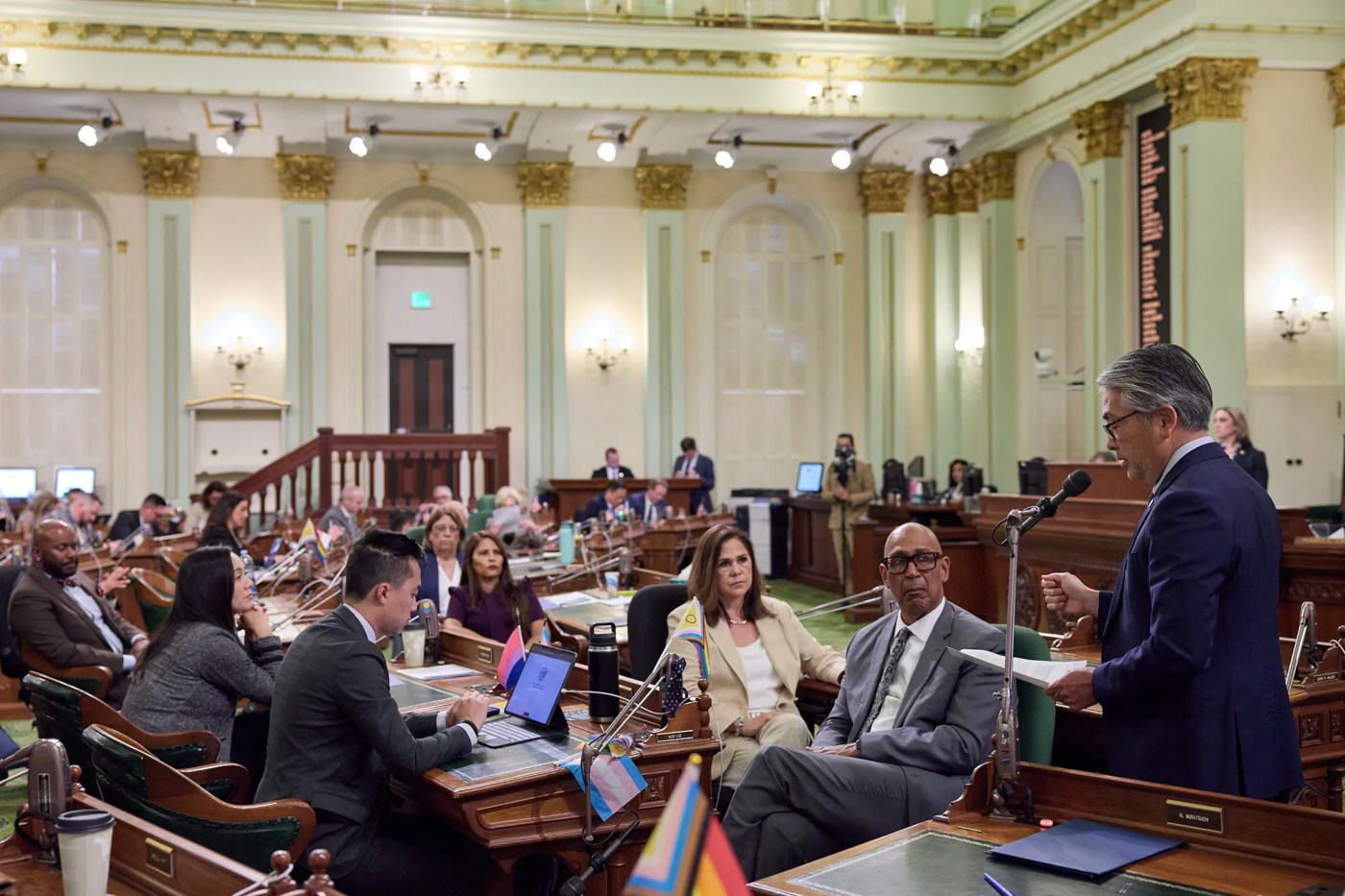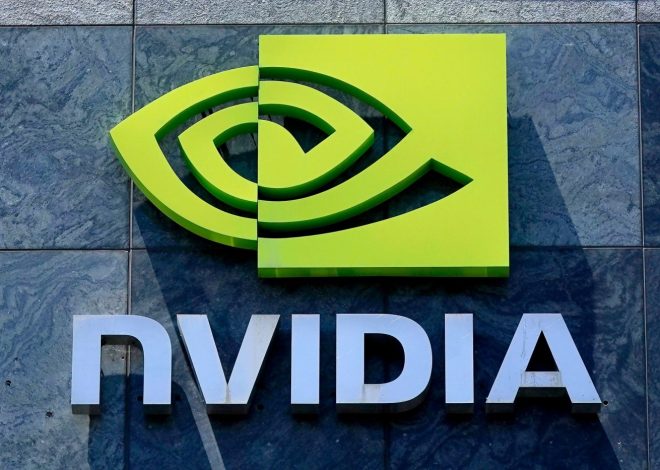
From Chevron to Uber, these companies are giving the most to California legislative candidates
BY JEREMIA KIMELMAN | CalMatters
Nearly $100 million has been spent this year by corporate- and labor-funded committees in California legislative races, including more than $42 million in just the last month.
These independent expenditure committees are becoming a bigger financial force in legislative campaigns across the state: Since Sept. 1, they have invested $51.5 million. That’s 29% more than over the same period in 2022, when the $40 million spent was 25% more than in 2020 and nearly twice as much as 2018.
Unlike direct contributions to legislative campaigns, there is no limit on how much these outside groups can spend, as long as they don’t coordinate with a candidate. The money is mostly used to buy ads, mailers and text messages, often attacking the candidate’s opponent.
Uber is the largest single source of independent expenditures; the ride-share company’s political action committee has reported spending more than $7 million, about 7% of all the outside money.
For instance, it has invested more than $443,000 into a contentious state Assembly race in Los Angeles, siding with Democrat Sade Elhawary over another Democrat, Efren Martinez, for the open seat.
The oil industry is the second largest source of independent expenditures, dropping more than $4.7 million through a committee — called the Coalition to Restore California’s Middle Class, Including Energy, Manufacturing and Technology Companies who Produce Gas, Oil, Jobs and Pay Taxes — that has received millions from Chevron, Valero, Marathon and other oil companies.
And while the oil industry committee is the second largest spender overall, it’s by far the most generous in the campaign’s final weeks. Since Sept. 1, the committee has put more than $4 million into legislative races.
The next biggest spender since Sept. 1 — a group of nurses and educators — went all in on one race, putting up $2.7 million to support Michelle Chambers, a Democrat running in state Senate District 35 in Southern California against fellow Democrat Laura Richardson.
The spending by these independent committees, often more than $100,000 in a particular race, can impact the outcome, as the amounts can be more than what the candidates themselves are spending.
Related Articles
Trump, Vance cast their votes on Election Day
Election Day: Five things to watch for in California
Photos: Election Day voting underway as Americans choose between Harris or Trump
A tiny village in India where Kamala Harris has ancestral roots is praying for her victory
In California, it might take awhile for votes to be tallied. Here’s why
The committees have spent in support of 172 candidates, while opposing more than 60. Richardson has been the biggest target, with more than $2.5 million opposing her. She has only spent about $428,000 on her own campaign.
Ranking second is Democrat Kipp Mueller, with more than $2.3 million spent against him in a Southern California state Senate campaign against Republican Suzette Martinez Valladares. Martinez ranks third, with nearly $2 million spent against him.
Uber has spent money to support or oppose 26 candidates, including more than $274,000 to support Richardson. The largest target of the tech giant’s money: More than $990,000 to oppose Democrat Kathryn Lybarger, who lost in the March primary in an East Bay state Senate race.
Uber has been a big player in California campaigns before: It, Lyft, DoorDash and others spent more than $200 million to get voters to approve Proposition 22 in 2020 to exempt their workers from a state labor law.


